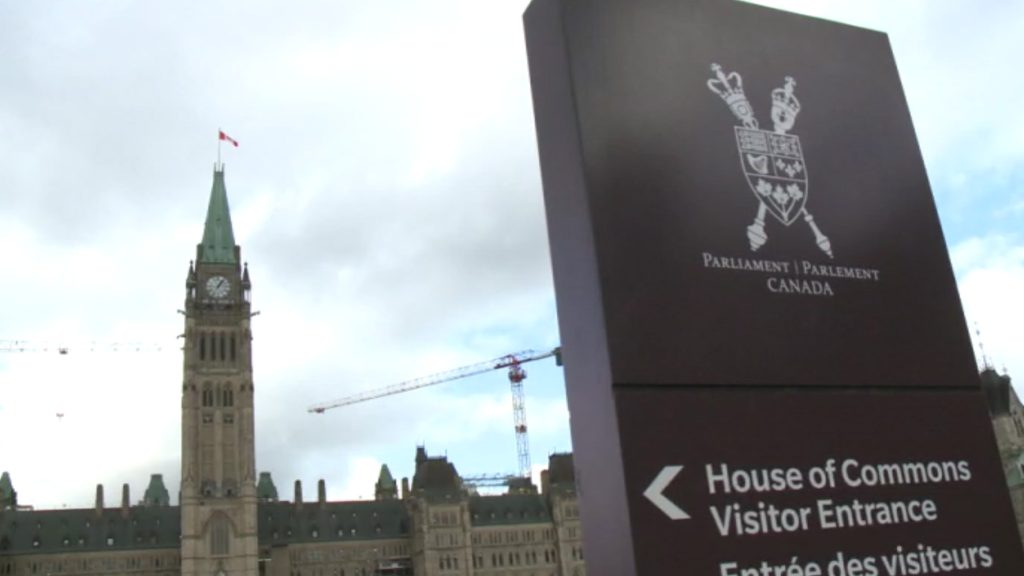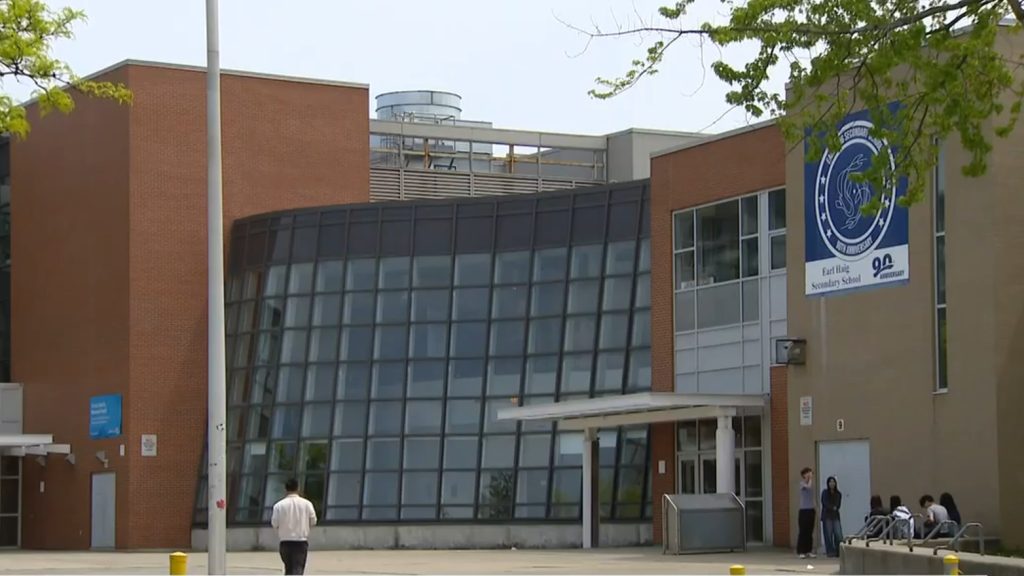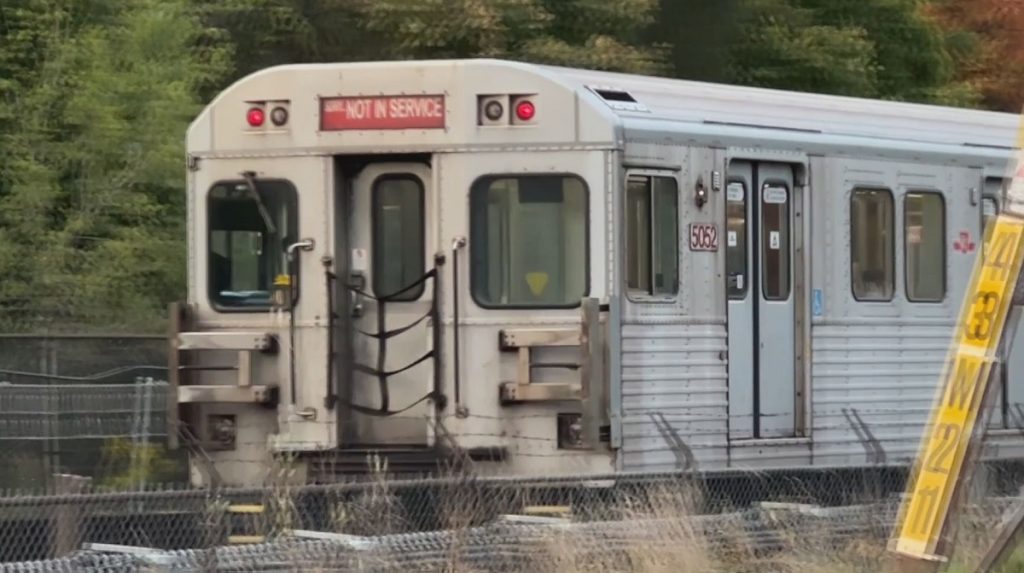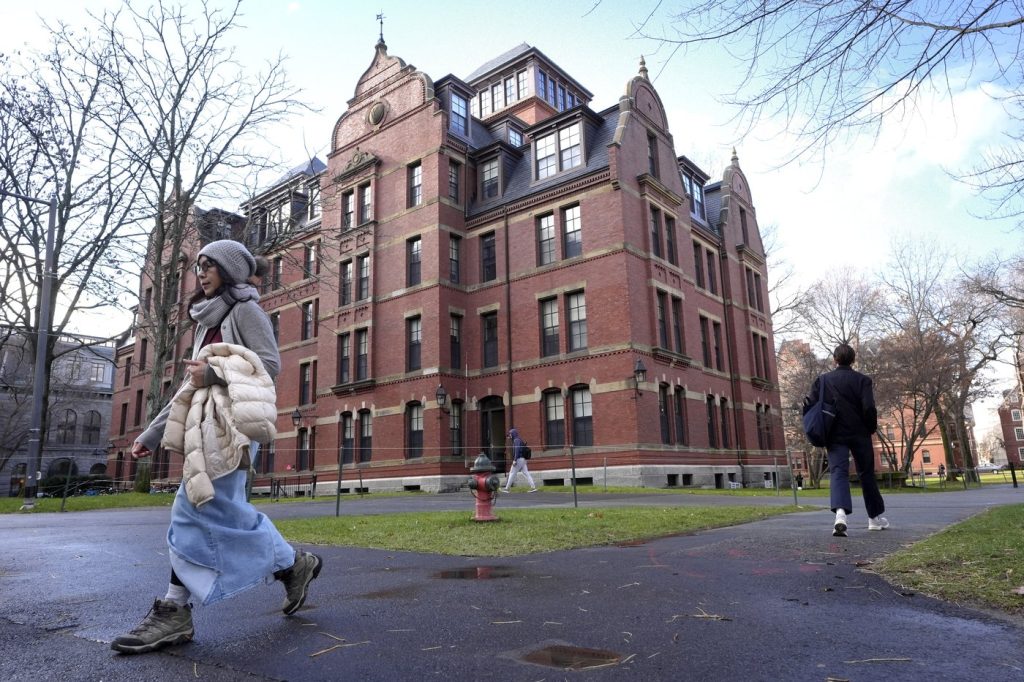In the aftermath of a tragic mid-air collision between a Black Hawk helicopter and a passenger jet over Washington, D.C., which resulted in the deaths of 67 individuals, the National Transportation Safety Board (NTSB) conducted an extensive three-day hearing. The hearings aimed to probe into the causes of the incident, questioning officials from the Federal Aviation Administration (FAA) and the Army about the numerous failures that led to the crash.
One of the most critical revelations from the proceedings was the discovery that the helicopter's altimeter gauge was malfunctioning. This failure meant that the helicopter was operating at an altitude of 278 feet (85 meters), significantly above the 200-foot (61-meter) ceiling for the designated flight path. Investigators indicated that the pilots may have been unaware of their actual altitude due to the barometric altimeter reading 80 to 100 feet (24 to 30 meters) lower than what was recorded by the flight data recorder. The NTSB found similar discrepancies in the altimeters of three other helicopters from the same unit, raising questions about equipment reliability.
During the hearings, NTSB Chairwoman Jennifer Homendy expressed her outrage at the FAA's failure to act on prior warnings regarding helicopter dangers. She severely criticized the agency, stating, “Are you kidding me? Sixty-seven people are dead! How do you explain that? Our bureaucratic process?” She urged the FAA to take immediate action to rectify these systemic issues.
The victims of the January 2025 crash included a group of elite young figure skaters along with their parents and coaches, as well as four union steamfitters from the Washington area. These personal tragedies highlighted the urgent need for addressing vulnerabilities in the aviation safety protocols. Concerns over air traffic safety had been growing, particularly following multiple close calls in recent months.
FAA and Army officials attempted to deflect responsibility, yet the hearings revealed several preventable missteps. Aviation safety consultant and former crash investigator Jeff Guzzetti remarked that this was a pivotal moment for both the FAA and the Army regarding their accountability in the incident. The Army officials highlighted that safety concerns had been raised over the FAA’s approval of flight routes around Ronald Reagan National Airport that allowed for dangerously close separation distances of as little as 75 feet (23 meters) between helicopters and landing planes.
Chief Warrant Officer Kylene Lewis from the Army noted that an 80- to 100-foot discrepancy in altimeter readings would not typically be alarming for pilots who often rely more on radar altimeters at lower altitudes. However, Rick Dressler, an expert with Metro Aviation, countered that such imprecision would not be tolerated in his operations, emphasizing the importance of adhering to strict altitude limits during flight routes.
Testimonies indicated that air traffic controllers at Reagan airport relied heavily on visual separation to manage air traffic, often taking risks that contravened safety protocols. During the night of the crash, controllers asked the helicopter pilots if they had visual contact with the jet, and the pilots confirmed they did. However, concerns arose about their ability to see the plane while using night vision goggles, casting doubt on the adequacy of their situational awareness in such conditions.
Moreover, the FAA had previously been warned about the rising dangers of helicopter traffic in Washington, D.C. A working group had attempted to add warnings to helicopter charts back in 2022, yet the FAA rejected these proposals for enhanced caution. With a troubling history of 85 near misses recorded at Reagan in the three years prior to the crash, the NTSB highlighted a severe lapse in the FAA’s acknowledgment of escalating safety risks.
In conclusion, the ongoing hearings have shed light on critical failings within the FAA and Army regarding aviation safety measures around high-traffic airports. With the final NTSB report set to be released next year, the focus remains on the systemic changes needed to prevent future tragedies in the skies.












